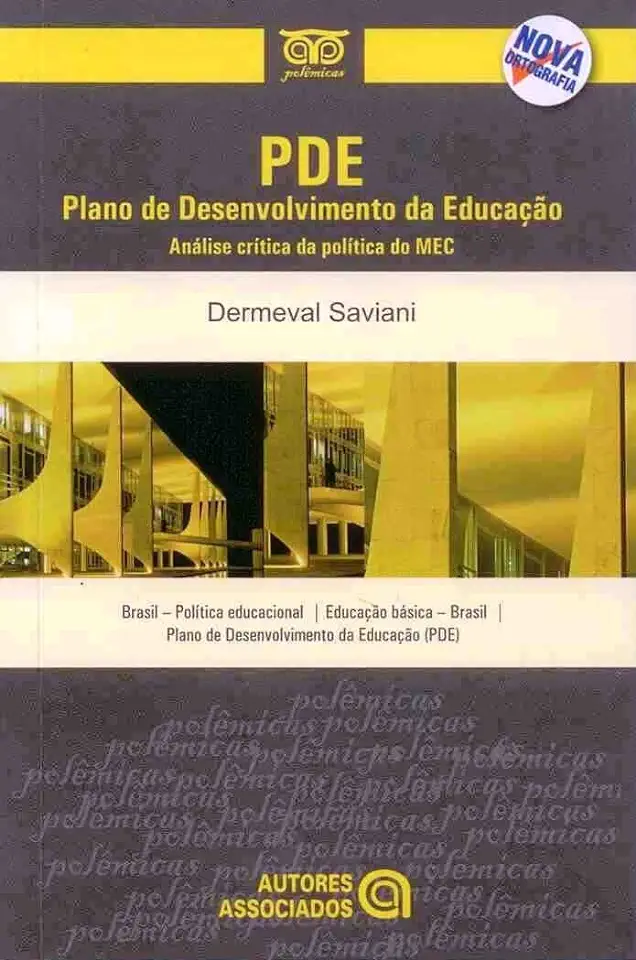
The Educational Legacy of the 20th Century in Brazil - Dermeval Saviani and Others
The Educational Legacy of the 20th Century in Brazil - Dermeval Saviani and Others
Introduction
The 20th century was a time of great change and upheaval in Brazil, and the education system was no exception. In this book, Dermeval Saviani and other leading scholars examine the educational legacy of the 20th century in Brazil, exploring the major challenges and successes of the period and offering insights into the future of education in the country.
The Challenges of the 20th Century
The 20th century brought a number of challenges to the Brazilian education system, including:
- Rapid population growth: Brazil's population grew rapidly during the 20th century, from around 17 million in 1900 to over 150 million in 2000. This put a strain on the education system, which struggled to keep up with the demand for schools and teachers.
- Urbanization: The 20th century also saw a mass migration of people from rural areas to urban centers. This led to the growth of large cities, such as São Paulo and Rio de Janeiro, which put a strain on the education system.
- Industrialization: The 20th century also saw the rapid industrialization of Brazil. This led to a demand for workers with new skills, which the education system was not always able to meet.
The Successes of the 20th Century
Despite the challenges, the 20th century also saw a number of successes in the Brazilian education system, including:
- Increased access to education: The 20th century saw a significant increase in access to education in Brazil. In 1900, only about 10% of children were enrolled in school. By 2000, that number had increased to over 90%.
- Improved quality of education: The quality of education in Brazil also improved during the 20th century. This was due to a number of factors, including the expansion of teacher training programs, the development of new curricula, and the use of new technologies.
- Increased funding for education: The Brazilian government also increased funding for education during the 20th century. This helped to improve the quality of education and to make it more accessible to students from all socioeconomic backgrounds.
The Future of Education in Brazil
The 20th century was a time of great change and upheaval for the Brazilian education system, but it also saw a number of significant successes. As Brazil looks to the future, it is important to build on the successes of the past and to address the challenges that remain.
Some of the challenges that the Brazilian education system faces in the 21st century include:
- The need to improve the quality of education: The quality of education in Brazil still needs to be improved, especially in rural areas and among students from disadvantaged backgrounds.
- The need to increase access to education: There are still some students who do not have access to education in Brazil, especially in rural areas and among students from disadvantaged backgrounds.
- The need to address the challenges of the 21st century: The 21st century is bringing new challenges to the Brazilian education system, such as the need to prepare students for the global economy and the need to address the impact of climate change.
The Brazilian education system has come a long way in the 20th century, but there is still much work to be done. By building on the successes of the past and addressing the challenges of the present, Brazil can create an education system that meets the needs of all its citizens and prepares them for the challenges of the 21st century.
Conclusion
The Educational Legacy of the 20th Century in Brazil is a valuable resource for anyone interested in the history of education in Brazil. This book provides a comprehensive overview of the challenges and successes of the 20th century, and it offers insights into the future of education in the country.